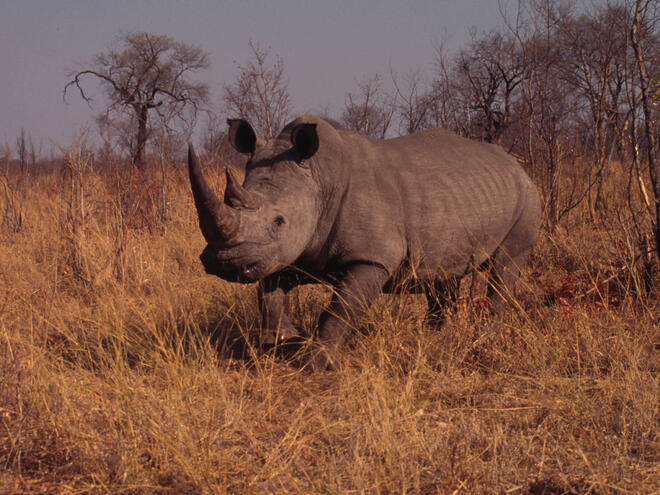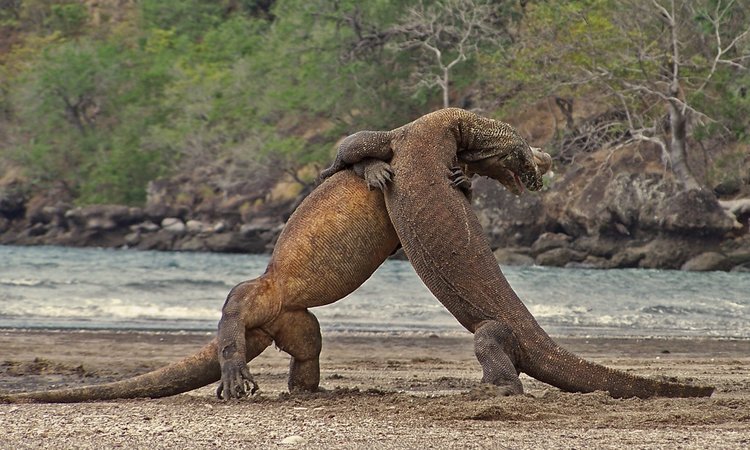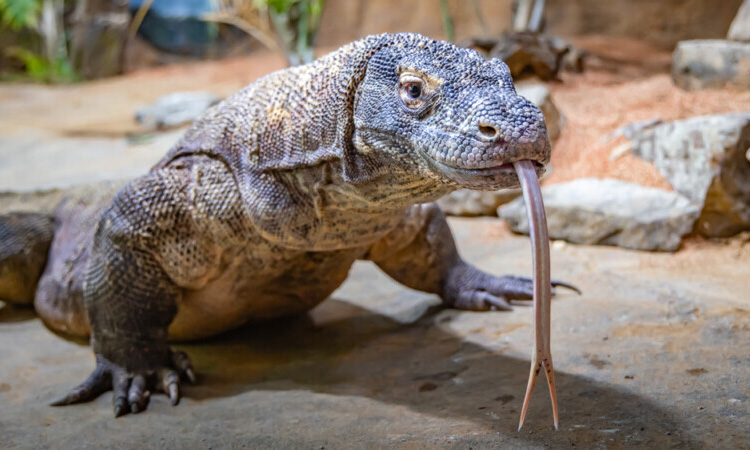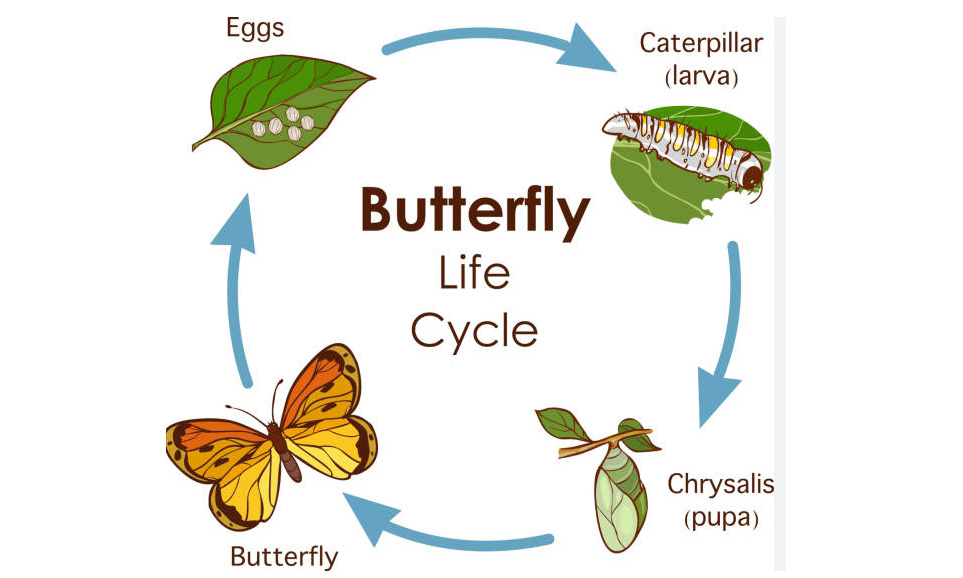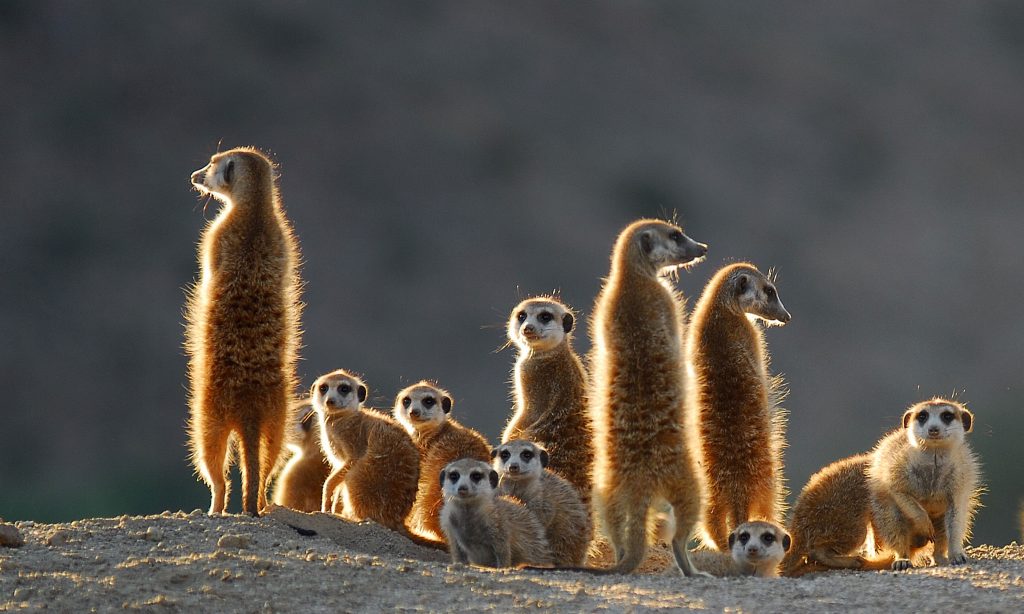The white rhinoceros, one of Africa’s iconic megafauna, is facing an unprecedented threat to its existence. White rhino conservation efforts have become a critical necessity as these magnificent creatures encounter the challenges posed by habitat loss, poaching, and other environmental pressures.
Historical Significance: White Rhino Ecology
Native to Southern Africa, the white rhinoceros, scientifically known as Ceratotherium simum, plays a vital role in maintaining the ecological balance of its habitat. As a grazer, it influences vegetation dynamics, creating a ripple effect on other species within the ecosystem.
Poaching Epidemic: A Looming Threat
One of the most pressing issues affecting white rhino populations is the rampant poaching driven by the illegal demand for rhino horns. Despite international bans, the high market value of rhino horns fuels an illicit trade network, putting these majestic creatures at risk of extinction.
Conservation Initiatives: A Beacon of Hope
Global organizations, wildlife sanctuaries, and governmental agencies are joining forces to implement comprehensive conservation initiatives aimed at safeguarding the white rhino. These programs encompass habitat preservation, anti-poaching efforts, community engagement, and innovative strategies to curb illegal trade.
Protected Reserves: Safe Havens for White Rhinos
Establishing and maintaining protected reserves is fundamental to white rhino conservation. These areas serve as sanctuaries where rhinos can thrive without the constant threat of poaching. Strict security measures and surveillance technology are often employed to ensure the safety of the rhino populations within these reserves.
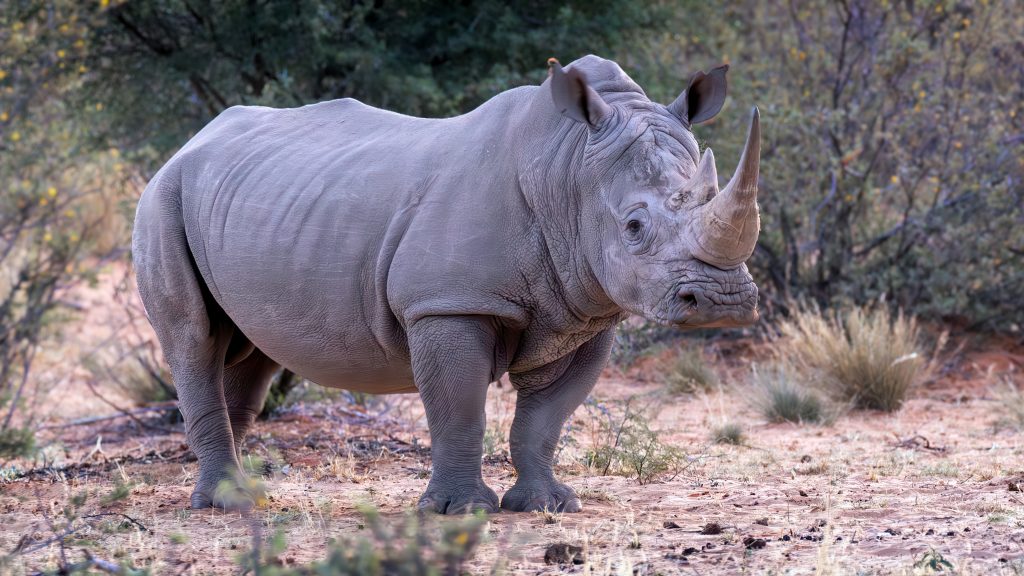
Anti-Poaching Measures: On the Frontlines of Protection
Anti-poaching units are at the forefront of the battle against illegal hunting. These dedicated teams utilize advanced technology, including drones and infrared cameras, to monitor and safeguard white rhino populations. Training and equipping local communities as wildlife guardians also contribute significantly to the success of these anti-poaching efforts.
Community Engagement: Fostering Coexistence
Engaging local communities in conservation efforts is pivotal for long-term success. By promoting awareness, providing education, and offering sustainable alternatives, conservationists strive to cultivate a sense of shared responsibility for protecting white rhinos. When communities benefit from the presence of these majestic creatures, the incentive to protect them grows stronger.
Translocation Initiatives: Ensuring Genetic Diversity
To enhance the genetic diversity of white rhino populations, translocation initiatives are undertaken. This involves carefully moving individuals between reserves, ensuring a healthy and resilient breeding population. These efforts contribute to the overall resilience of the species in the face of environmental changes.
Technological Innovation: Aiding Conservation
Embracing technology has become integral to white rhino conservation. DNA analysis, satellite tracking, and data-driven management strategies enable conservationists to make informed decisions, track individual rhinos, and respond swiftly to potential threats.
Conclusion: A Collective Responsibility
Preserving the white rhino is not only a conservation imperative but a collective responsibility of the global community. By supporting and actively participating in conservation initiatives, we can ensure that future generations continue to marvel at the sight of these magnificent creatures roaming freely in the wild. The ongoing commitment to white rhino conservation represents a beacon of hope for biodiversity, demonstrating the potential for human dedication to positively impact the natural world.
